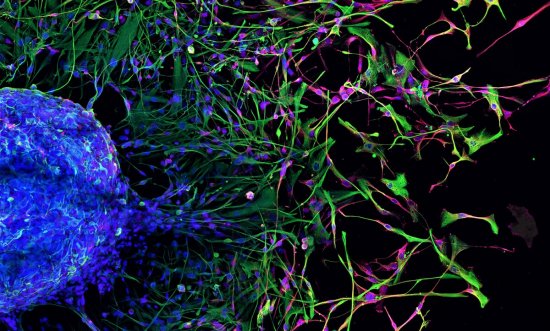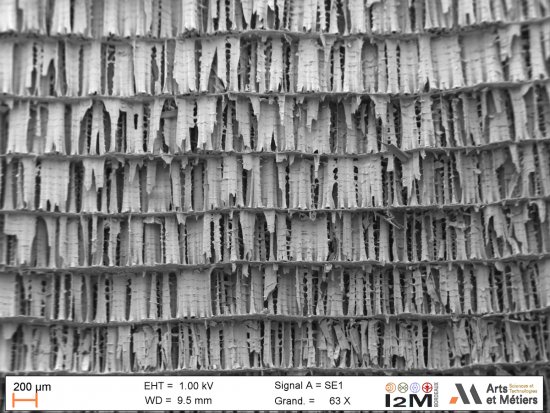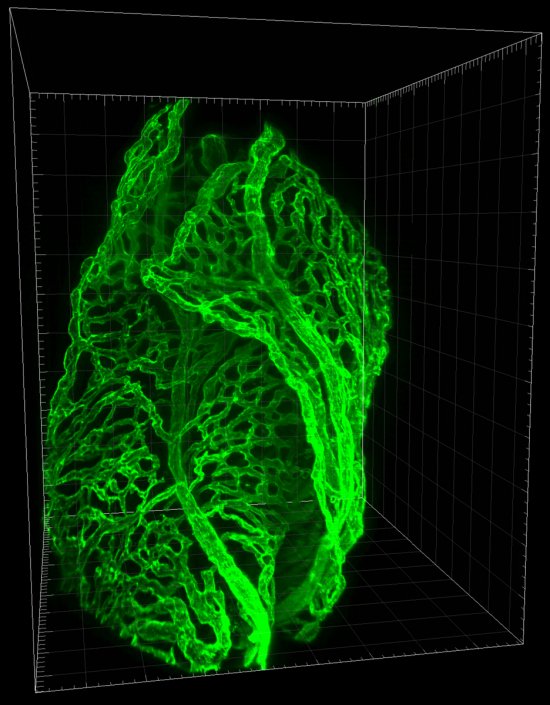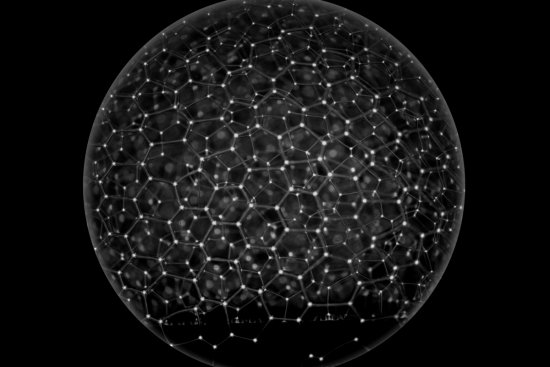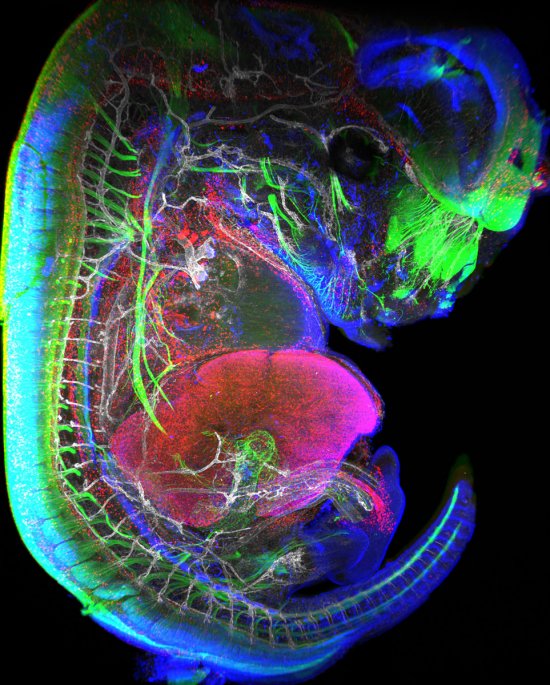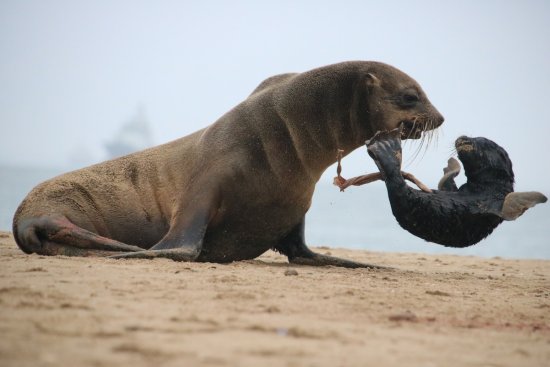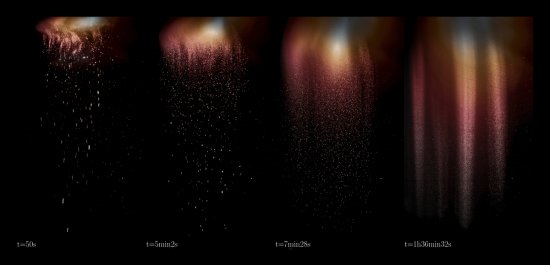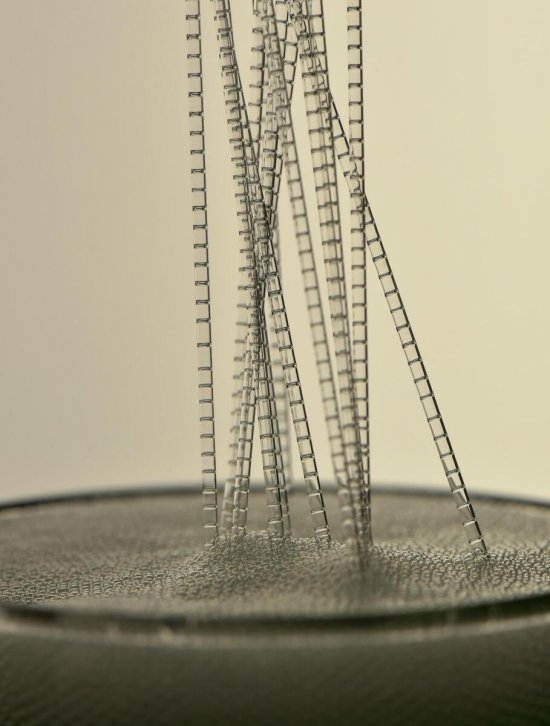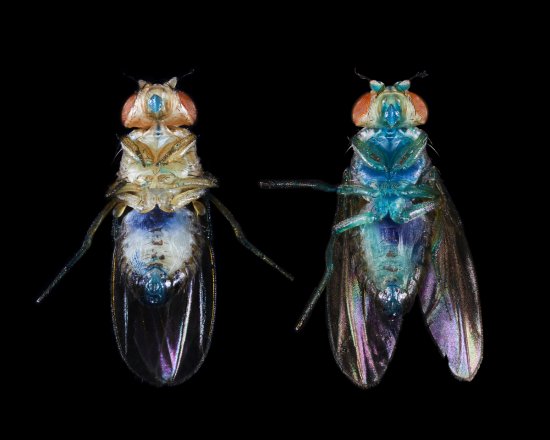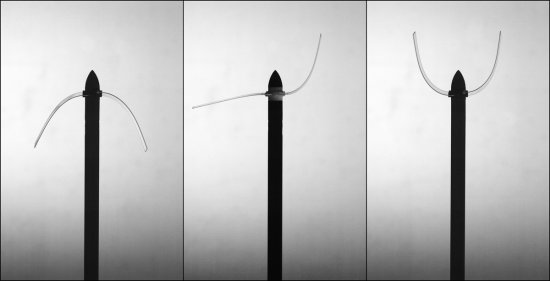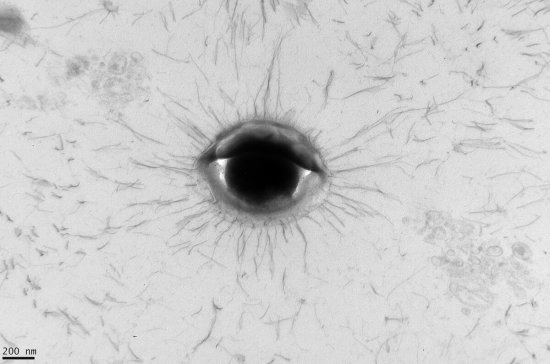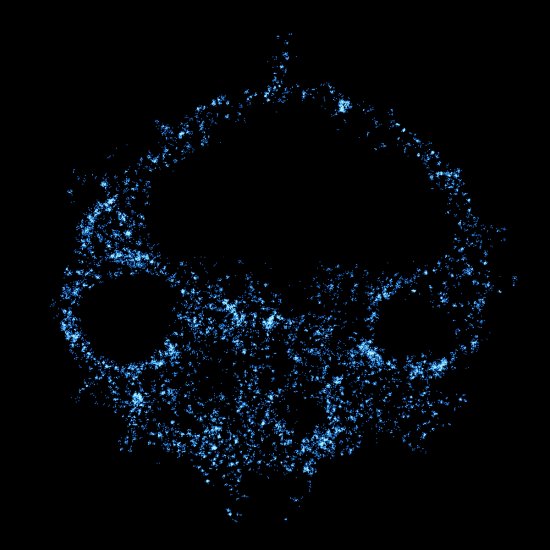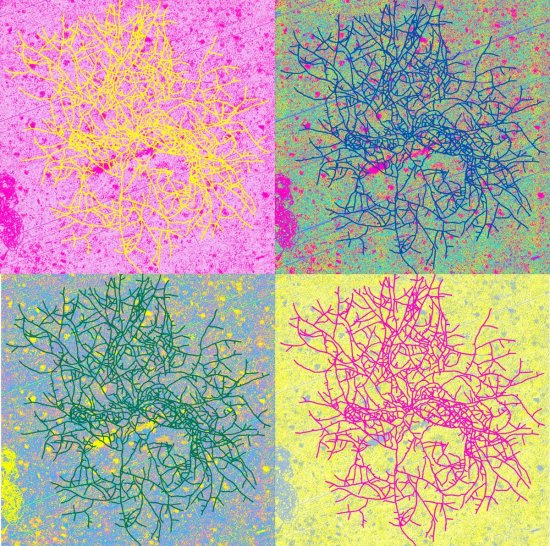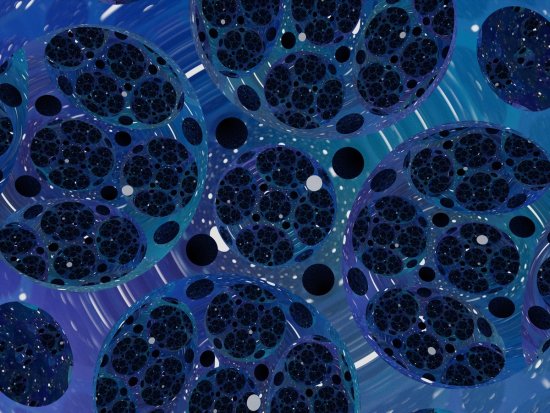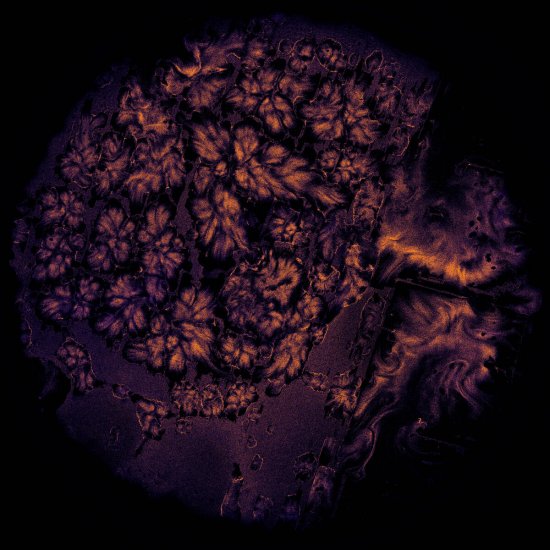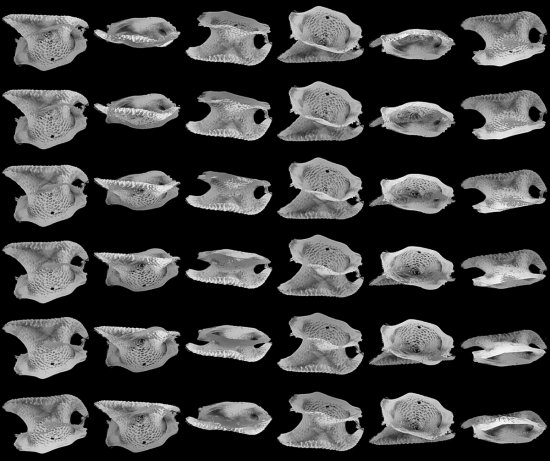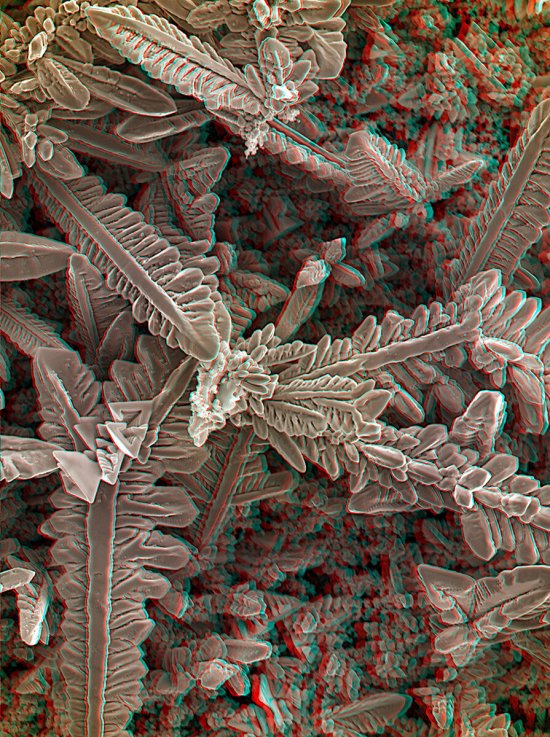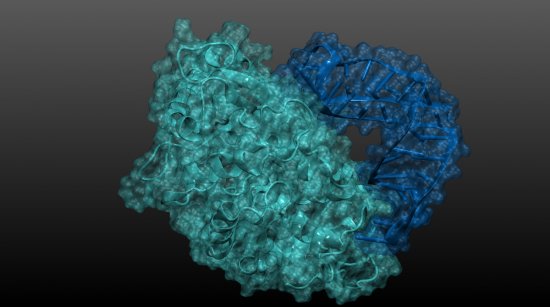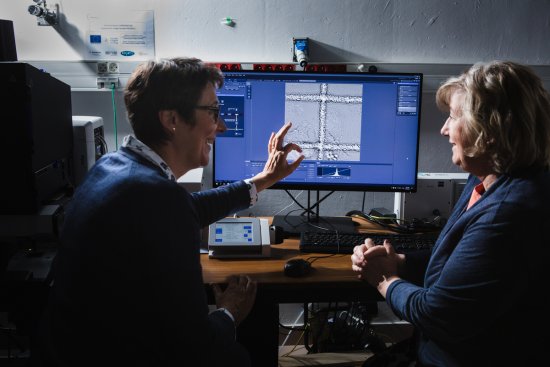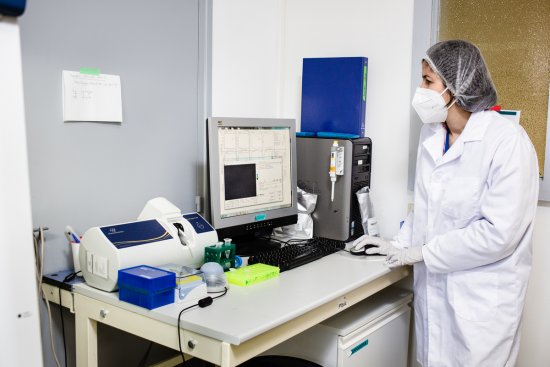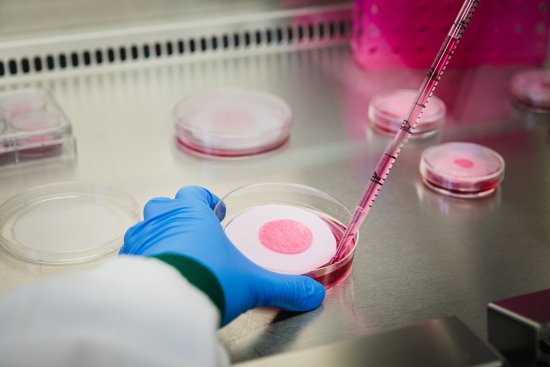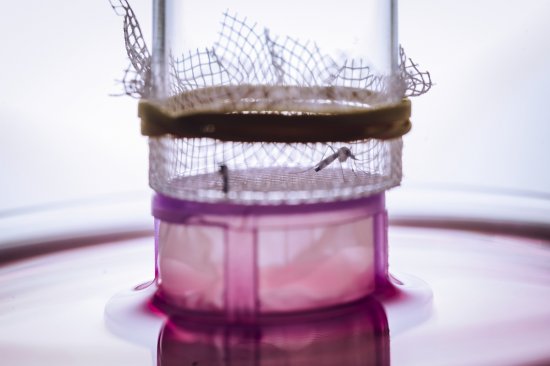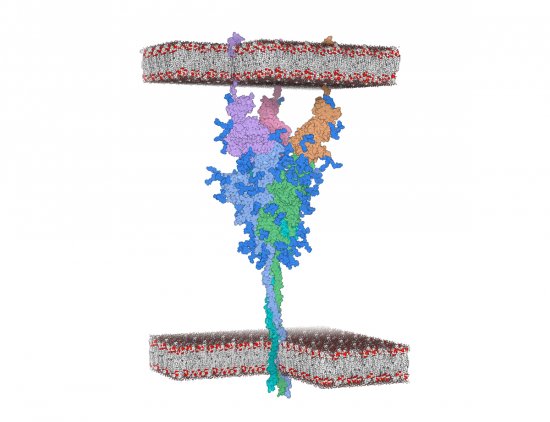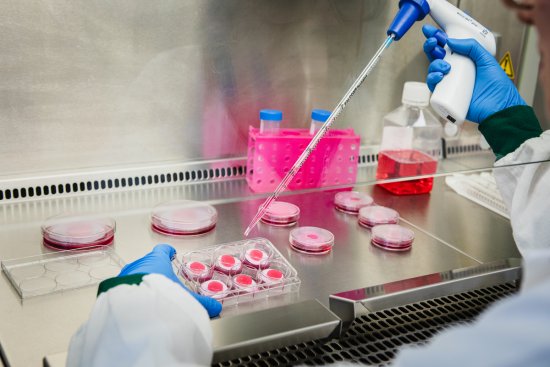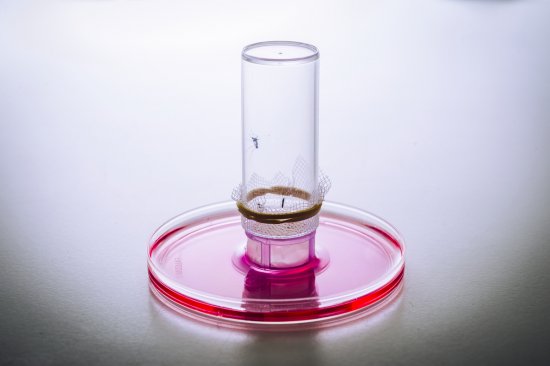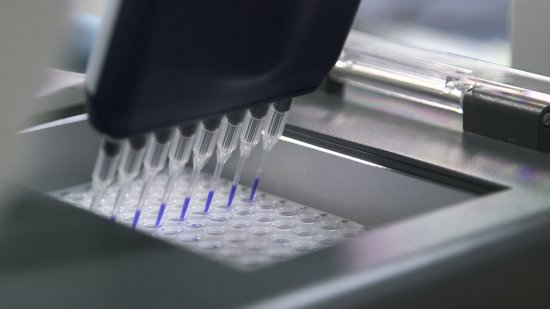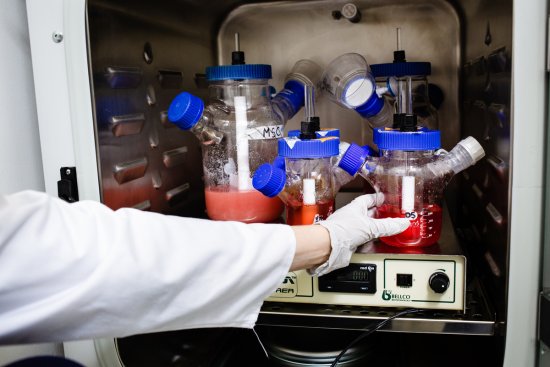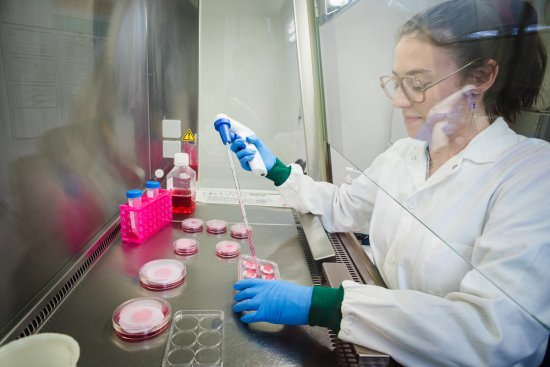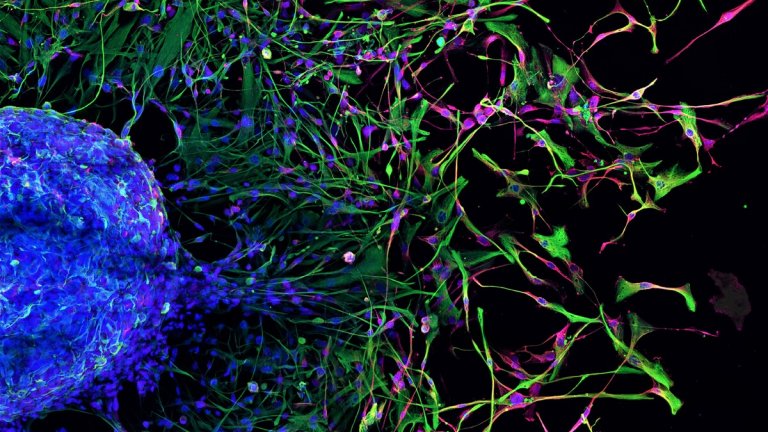
Photo report
The 20 winners of the 2022 "La preuve par l'image" (LPPI) competition
The winners of the new edition of the "La preuve par l'image" competition, organised by the CNRS with its Quebec partner Acfas, are here. Discover these twenty fascinating photos and images, the result of ambitious research.

This year, the Grand Jury Prize is awarded to Rémi Coulon for "Hyperbolic blue" and Françoise Watteau for "Cyclops". The Jury's Favourite Award goes to François Boulogne for "Bamboo grove" and Anne Haguenauer for "The blue side of the Force". And the People's Choice Award goes to Rémy Char and Roxane Fabre for "The hidden face of the cell".
CNRS Images,
Our work is guided by the way scientists question the world around them and we translate their research into images to help people to understand the world better and to awaken their curiosity and wonderment.
